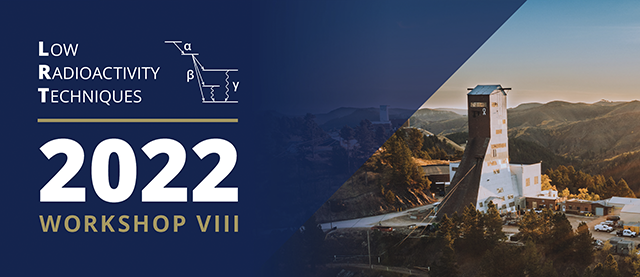Moritz Cornelius Vollbrecht
(Forschungszentrum Jülich GmbH, Nuclear Physics Institute IKP-2, Jülich, Germany / III. Physikalisches Institut B, RWTH Aachen University, Aachen, Germany)
The 20 kton liquid scintillator detector of the Jiangmen Neutrino Underground Observatory, currently under construction in Southern China, has a vast potential for new insights into various fields of (astro-)particle physics. Stringent limits on the liquid scintillator radiopurity are required for several physics goals of JUNO. For both Th and U, a radiopurity of g/g is required for reactor antineutrino measurements, g/g for solar neutrino measurements. An independent detector, the Online Scintillator Internal Radioactivity Investigation System (OSIRIS), will be used to ensure these limits are kept. This talk will present OSIRIS and its sensitivity to Th and U in detail.
OSIRIS allows an online radiopurity evaluation of the scintillator during the months-long filling of JUNO. The design of OSIRIS is optimized for tagging fast Bi-Po and Bi-Po coincidence decays in the decay chains of U and Th, respectively. The coincident decay signatures and their rates offer a potent background rejection as well as a direct translation into U-/Th-abundances in the scintillator. OSIRIS will also be able to measure the levels of C in the scintillator, down to a C/C ratio of at 90\% C.L. Furthermore, the level of Po and a possible contamination by Kr can be determined. To achieve its goals, OSIRIS features a water-submerged 20 ton liquid scintillator target monitored by 76 intelligent PMTs (iPMTs). The novel design of the iPMTs allows a triggerless readout scheme with high signal quality. A single computer is sufficient to process the data stream into events for further analysis. The timing and charge calibration of the iPMTs will be performed with Laser- and LED-based systems. The energy and vertex reconstructions will utilise height-adjustable radioactive sources within the liquid scintillator.
Moritz Cornelius Vollbrecht
(Forschungszentrum Jülich GmbH, Nuclear Physics Institute IKP-2, Jülich, Germany / III. Physikalisches Institut B, RWTH Aachen University, Aachen, Germany)


